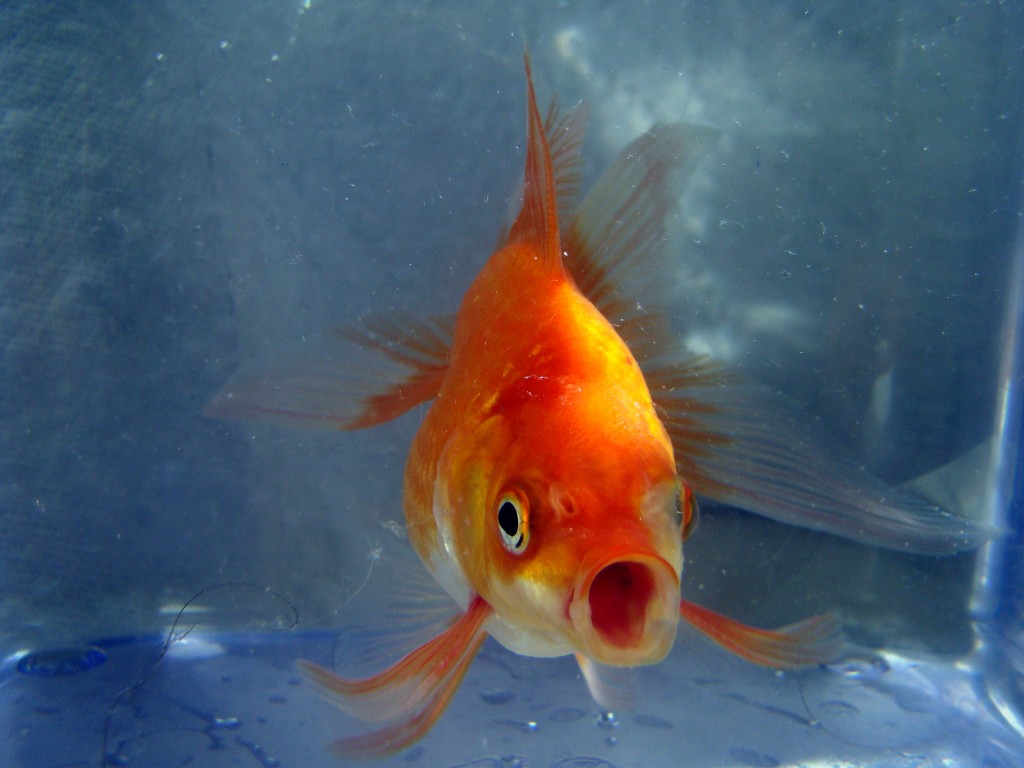 Unfortunately, one of the simplest ways people get rid of their unwanted aquarium fish is by sending them down the toilet. Regardless of whether the creatures are dead, many people choose to flush these pets, or release them back into the wild. In some cases, these “natural habitats” — lakes, ponds and rivers — aren’t suited for the aquarium fish at hand.
Unfortunately, one of the simplest ways people get rid of their unwanted aquarium fish is by sending them down the toilet. Regardless of whether the creatures are dead, many people choose to flush these pets, or release them back into the wild. In some cases, these “natural habitats” — lakes, ponds and rivers — aren’t suited for the aquarium fish at hand.
One lake in Boulder, Colo., now shows what happens when you make this type of choice. Teller Lake No. 5 now has thousands of goldfish swimming in it, and notably, these fish aren’t native to North America. Wildlife experts believe that they arrived after an aquarium was illegally dumped in the water.
Of course it didn’t start out this way — the fish likely multiplied on their own over the course of about three years. But when a park ranger noticed nearly 4,000 of them swimming in Teller Lake No. 5 in April, it was time to address the issue.
“If they escape and move downstream, they’ll directly compete with our native species, all of which were here before the land was even settled,” Ben Swigle, fish biologist, told LiveScience.
While it may have seemed harmless when the fish were dumped into the lake, the situation proves that there’s no such thing as just “walking away” from Mother Nature.
It’s worth noting that since the aquarium dump, the number of goldfish in the lake has decreased by hundreds, thanks to some hungry pelicans. The birds have apparently taken well to the fish and made it their primary meal in recent weeks, according to the Denver Post. That being said, this incident continues to highlight the changes that occur when invasive species make their way into non-native territory.
Invasive species are defined as plants and animals that are not native to a specific region, according to the U.S. Forest Service. Although it may seem like a small concern, the fact of the matter is that invasive species can introduce competition to native species — and in some instances, win out in a particular region. This can disrupt everything from natural habitats to food chains.
These species are brought into new areas in a wide variety of ways. Centuries ago, humans would transport animals and plants across continents at will without thinking of the consequences. Today, there are more regulations dedicated to preserving native species and preventing invasive ones from coming in.
Across the country, there are currently 70 million acres of public and private lands that are at risk from invasive insects and diseases. Invasive plants are choking 3.6 million acres of natural forests each year. Annually, the U.S. spends about $138 billion in total economic damages associated with invasive species.
Before you flush your little friend, think twice about the complications you may be causing (and we won’t even address the potential for animal cruelty).
Sources
- Brennan, Charlie. “Hungry pelicans credited with gobbling thousands of goldfish infesting Boulder Lake.” Denver Post. April 29, 2015.
- Bryner, Jeanna. “3,000 Goldfish! Dumped Aquarium Pets Multiply in Lake.” LiveScience. April 9, 2015.
- “Invasive Species.” U.S. Forest Service. Retrieved May 6, 2015.
